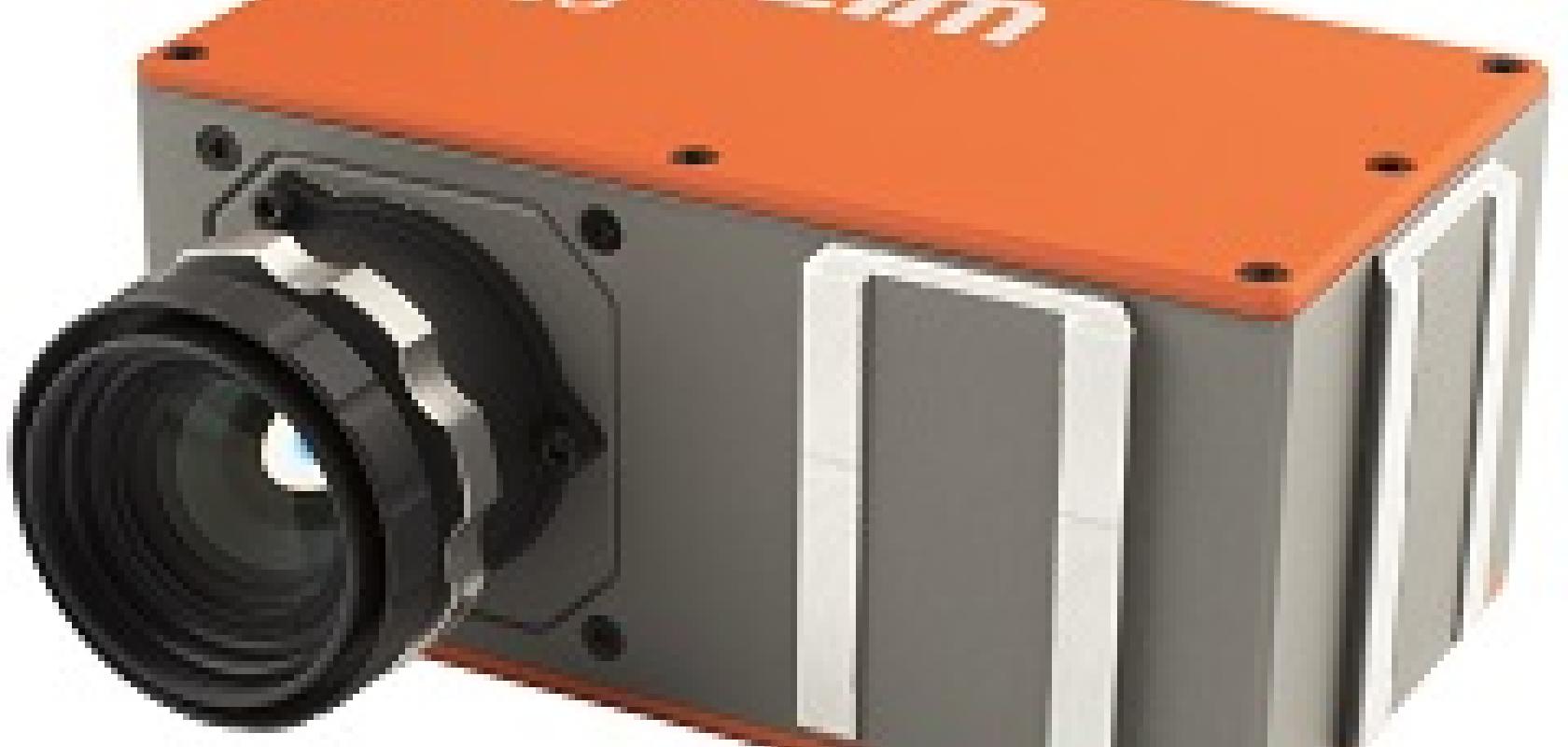STEMMER IMAGING has signed a partnership agreement with the Finnish hyperspectral camera manufacturer, Specim, for the distribution of spectrographs and the FX series of hyperspectral cameras, through all its European subsidiaries. This allows STEMMER IMAGING to offer complete hyperspectral imaging systems for machine vision applications.
Hyperspectral imaging systems make use of the fact that organic materials have a ‘chemical fingerprint’ resulting from the way they absorb light at different wavelengths depending on their molecular structure. By building up a series of images of the sample at different wavelengths, it is possible to determine the spatial distribution of different materials according to their chemical composition.
The latest hyperspectral camera in the Specim range is the compact FX10 which operates over a wavelength range of 400 to 1000 nm. Even though the spectrograph necessary to separate the wavelength bands for hyperspectral imaging is integrated directly into the camera body, this new camera has an extremely small footprint of only 150 x 85 x 71 mm. The camera offers an excellent signal to noise ratio of 600:1 and is factory calibrated which guarantees identical results even if a camera module needs to be replaced.
The FX10 camera allows up to 220 separate wavelengths to be selected for identification of the chemical materials in the test sample. Frame rates for imaging are directly related to the number the number of wavelengths used, so the fewer wavelengths needed, the faster the images can be acquired. A frame rate of 330 fps can be achieved using all 220 wavelengths. This increases to 2830 fps for 20 wavelengths and 6510 fps by selecting 5 wavelengths in 3 different areas. Image data is transferred from the camera using a CameraLink interface. Models with a GigE Vision interface will be available from the end of 2016.
STEMMER IMAGING can combine all the components including the camera, appropriate image acquisition cards and cables, illumination source and the flexible, high-speed Perception Studio data processing software from Perception Park to supply a complete hyperspectral imaging system. This combined approach is called ‘chemical colour imaging’ and makes chemical material properties accessible to the machine vision engineer.


